MY IMPRESSIONS AND IMAGES OF THIS BEAUTIFUL COUNTRY AND ITS PEOPLE…
Few months ago I travelled to North Macedonia with a small group of photographers and spent a week doing what I like the best. Travelling, photographing, eating the most delicious food and drinking fantastic wine, all in the company of amazing people who share the same interests. To say that I had a great time would be an understatement!
I already posted one blog post from this trip to Macedonia, more specifically about our visit to Pelister National Park so if you missed it and want to see some images of beautiful nature, forests and incredible horses in the fog, you can check it out here: http://www.travellingoven.com/2021/10/pelister-national-park-macedonia/. In that post I also highly recommend the photography tours agency that I used for several of my trips already. So if that is something you are interested, make sure to check out their website: https://www.esenkoworkshops.com and to find out why I recommend them, see my previous blog post linked above. 😀
DOJRAN LAKE
Before saying a few words about Macedonia and about what impressed me the most on this trip, let’s start with these photos of lake Dojran. We visited it on our first morning and it was just such a beautiful sunny day, walking around lake and taking photos was a true pleasure! Dojran Lake is situated in the southeastern part of Macedonia, the summers there are hot and dry and the winters are mild and wet. The mud from Dojran Lake has healing properties and there is abundance of endemic algae species that live in the lake. Lake is known for its traditional way of fishing with the help of birds in reed fences, the so-called mandras. This is one of the few places in the world where fish are hunted with birds.
VILLAGES, PEOPLE & AGRICULTURE
There are two things about Macedonia that left the most impression on me during this trip. First one, incredibly warm, kind, genuine and welcoming people. And second, tasty, organic, fresh, absolutely delicious food. It was really hard choosing photos for this post as there are so many I wanted to share but I decided to include as much as possible of those moments that were precious to me.
Meeting people in the villages, watching them work, harvest vegetables, dry tobacco, take care for their animals and talking with them was I must say, the highlight of the trip for me. It filled me up with so much positive energy and appreciation for people’s kindness and warmth, Specially those whose life circumstances are not the easiest. Every person we met and talked to in the villages wanted to share with us what they have, whether it was a glass of rakija (kind of brandy), a jar of ajvar (roasted red pepper spread), a cup of coffee or an invitation to join their family for a meal. And all that always with a smile! Meeting these people just warmed my heart so much and I’m grateful for the experience!
Republic of North Macedonia is located in Southeast Europe, in the central part of the Balkan Peninsula. Neighbouring countries are – Serbia and Kosovo to the north, Bulgaria to the east, Greece to the south, and Albania to the west. It has about two million inhabitants and its capital is Skopje with about half a million inhabitants. It is a multi-ethnic and multicultural society with different religions. Two thirds of the population are Orthodox Christians, others are Muslims, Catholics, and so on. The official language is Macedonian.
In rural areas, the population is usually engaged in agriculture, cattle breeding and traditionally craft-work. Therefore, Macedonia is also known for the production of healthy food, organic production of fruits and vegetables, meat and dairy products… So, let’s stay a bit more in the villages… 🙂
My favourite thing was talking (in a Croatian-Macedonian-English language mix) with older people in the villages and with kids! So many life stories, genuine smiles and kindness…
SKOPJE, THE CAPITAL OF MACEDONIA
Skopje is the largest city in the country and at the same time it represents an administrative-political, economic, cultural and educational-scientific centre. It is located in the northern part of the country, divided into two parts by the river Vardar. The city dates from the pre-ancient period and it had a strategic significance in the ancient period, when it was known as Skupi.
There are many places of interest for tourists to visit in the city. One of them, The Stone Bridge, on the river Vardar is a symbol of Skopje. The bridge was reconstructed in the 15th century and it represents a connection between the new and the old part of the city. Another interesting site is Fortress Kale. The first walls were built at the beginning of the 6th century and the fortress dominates the left bank of the river Vardar overlooking the old part of the city.
– The earthquake –
On July 26, 1963 the city was devastated by an earthquake measuring 6.1 according to the Richter seismic scale. Due to the earthquake more than 1ooo people have lost their lives and 90% of the city buildings have been destroyed. The old railway station, today is a museum of the city of Skopje and clock of the station has forever stopped at the fatal 05:17 h in the morning.
The initial assistance after the earthquake came from all Yugoslav republics at that period and a few days after the aid and rescue crews from all over the world arrived. Exactly 87 nations in the world provided assistance and helped for the city to be built again.
OHRID, TOWN AND THE LAKE
Lake Ohrid is located in the southwestern part of Macedonia. It is between 4 and 10 million years old and therefore it is the oldest on our continent. At first glance it can confuse you with its size, so you might consider it to be a sea as its surface is 358.2 km2. Lake Ohrid is characterized by underwater springs located along the eastern and southern coasts so the water is incredibly clear. Transparency in some places reaches even 22 meters.
Situated on the shores of the lake, the town of Ohrid is one of the oldest human settlements in Europe. Built mainly between the 7th and 19th centuries, it has the oldest Slav monastery (St Pantelejmon) and more than 800 Byzantine-style icons dating from the 11th to the end of the 14th century. Ohrid and Lake Ohrid were accepted as Cultural and Natural World Heritage Sites by UNESCO.
Unfortunately we didn’t have much time to explore Ohrid as we arrived in the late afternoon and the next morning we were on the road again. I would definitely like to come back here and spend few days in this area of Macedonia. I loved the Mediterranean vibe and feel of the place!
THE BIGORSKI MONASTERY ST. JOHN THE BAPTIST
The Bigorski monastery St. John the Baptist (Manastir Sveti Jovan Bigorski) is a monastery on the road between Gostivar and Debar in western Macedonia. According to the Bigorski monument, the monastery was founded by the monk Jovan in 1020. In the 16th century the monastery was destroyed by the Ottoman authorities and only one small church remained from the whole complex. The monastery was restored in 1743 by the Hieromonk Hilarion.
The name Bigorski Monastery comes from the fact that it was built of limestone. The Bigorski monastery consists of the monastery church, dedicated to John the Baptist, the ossuary, located next to the church itself, the Seymen defense tower, the complex of monastery lodgings, and the newly built guest lodgings. The monastery is widely known for its iconostasis.
The day we visited this Monastery they were celebrating their 1,000 year anniversary so we were really lucky to had an opportunity to photograph the procession!
PASHA MOSQUE (‘PAINTED MOSQUE’)
With its elegant and elaborate decorations, ‘Sarena Dzamija’ mosque is one of the rare Ottoman-era historical structures in North Macedonia. It is located near the Pena River in the city of Tetovo. The mosque’s name means “Painted Mosque,” named after the decorations on its walls. The structure, magnificent in appearance and also known as the “Pasha Mosque,” has stood the test of time. It is stated in art history resources that tens of thousands of eggs were used during the renovation of the mosque so that the paintings, ornaments and decorations can survive for a long time and preserve their vitality.
I really hope you enjoyed this story of Macedonia and that it perhaps motivated you to visit this beautiful country in the Balkan Peninsula. It has become one of my favourite trips ever and instead of repeating myself in how much I liked it and how happy I was to have that experience, here are few images of me that I believe speak clearer than words! 🙂
*Thank you so much for being here, that makes me so happy! You can also follow my Travelling oven on Facebook, Instagram and Pinterest, as well as sign up to receive new blog posts via email and subscribe to my newsletter.

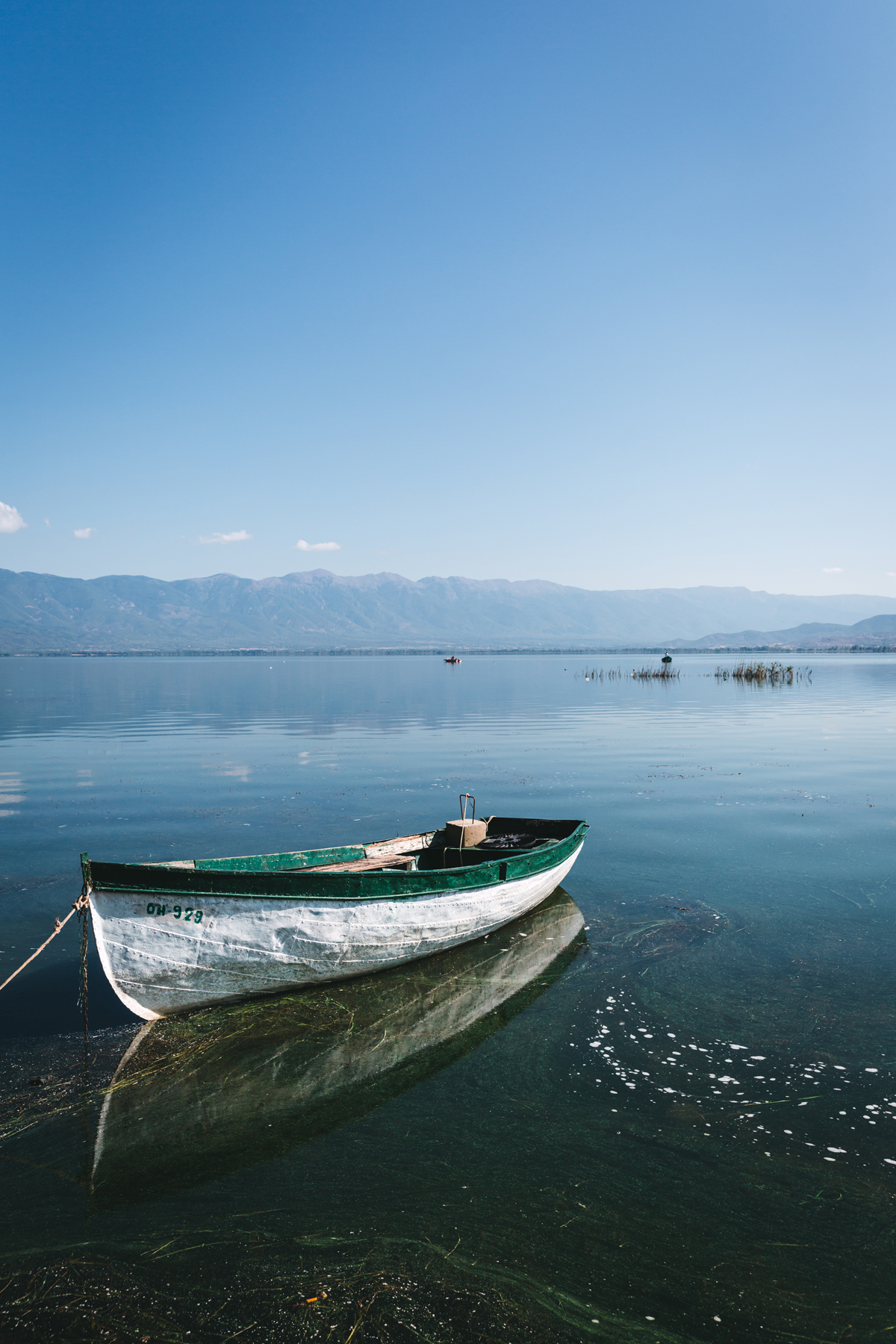
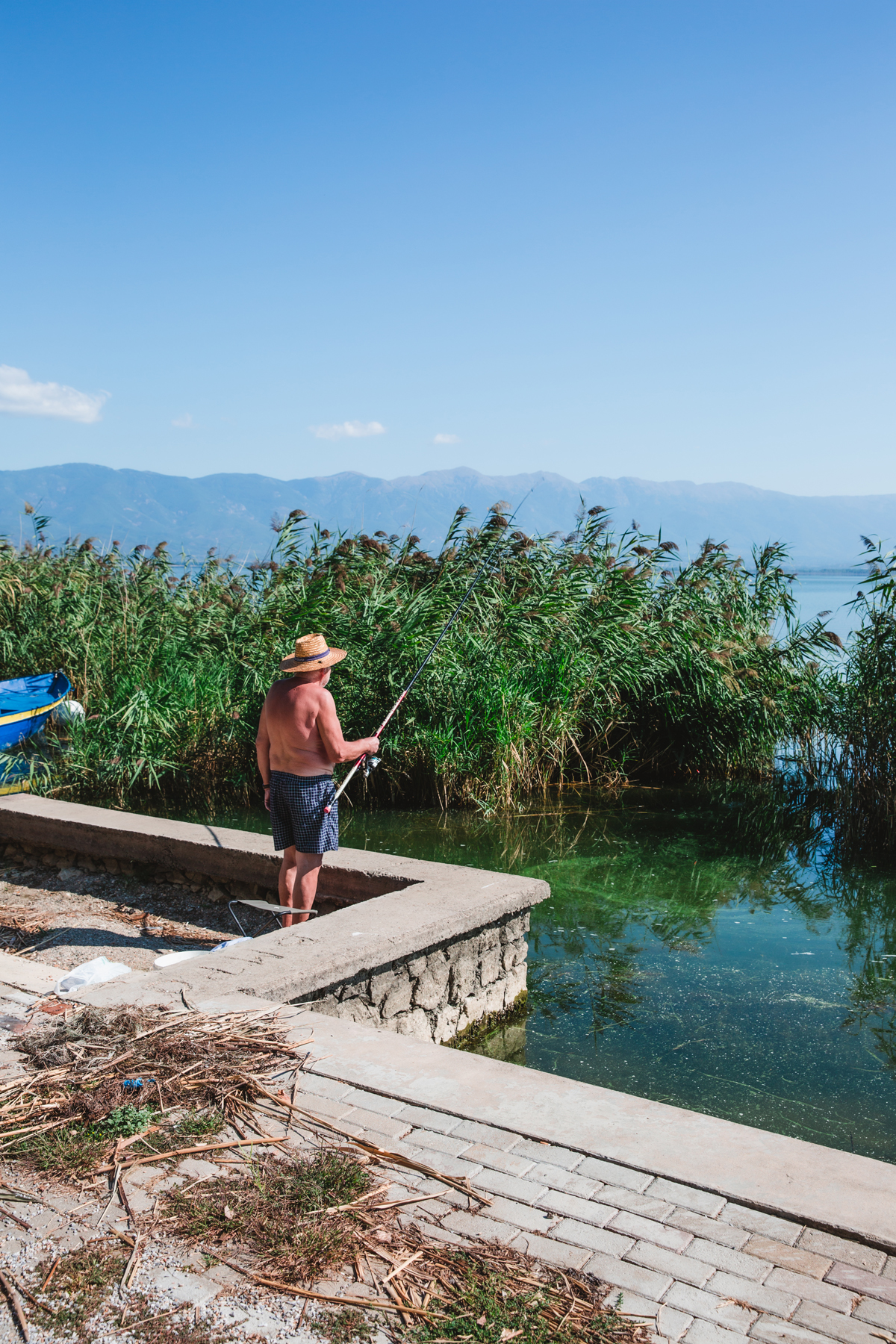
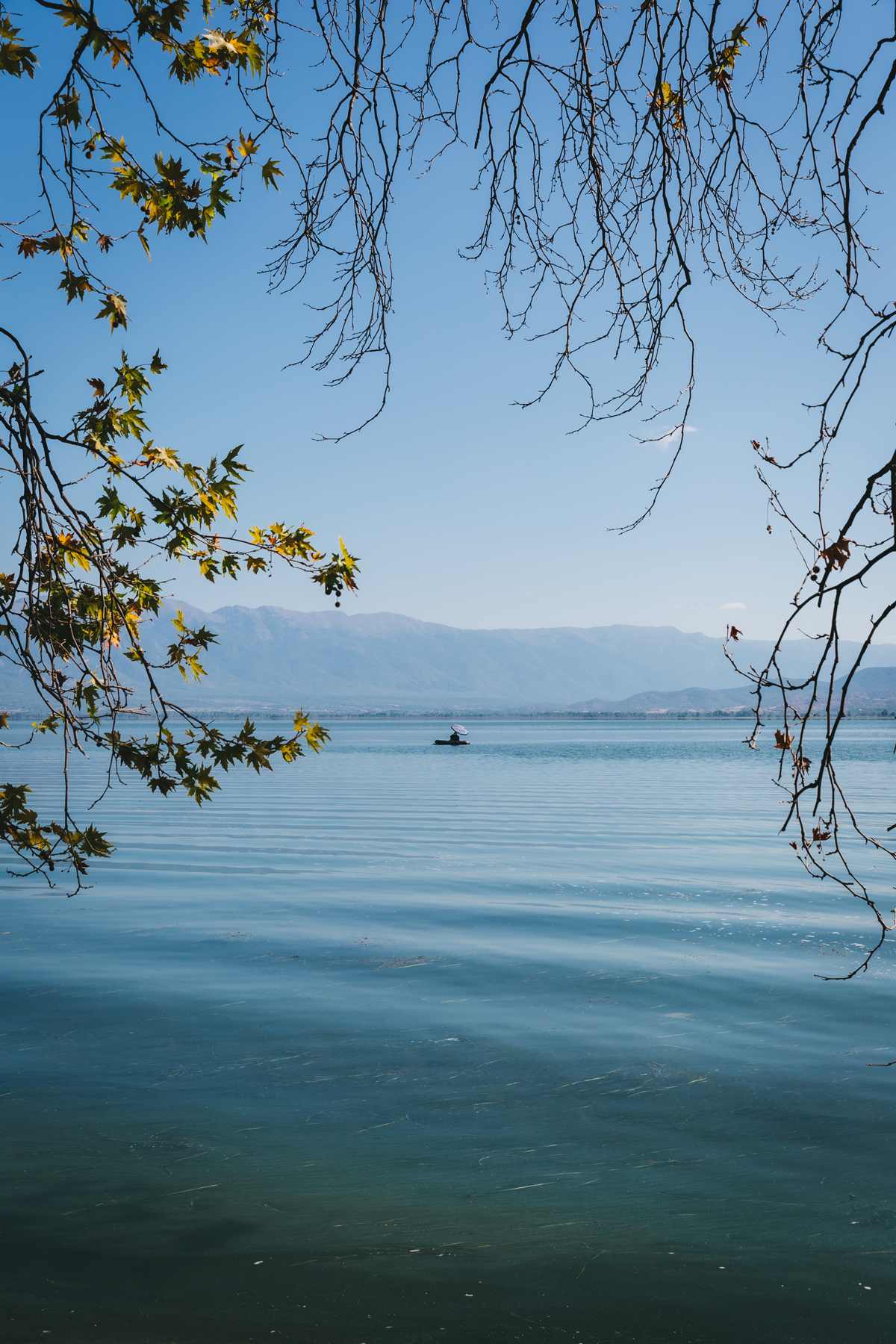

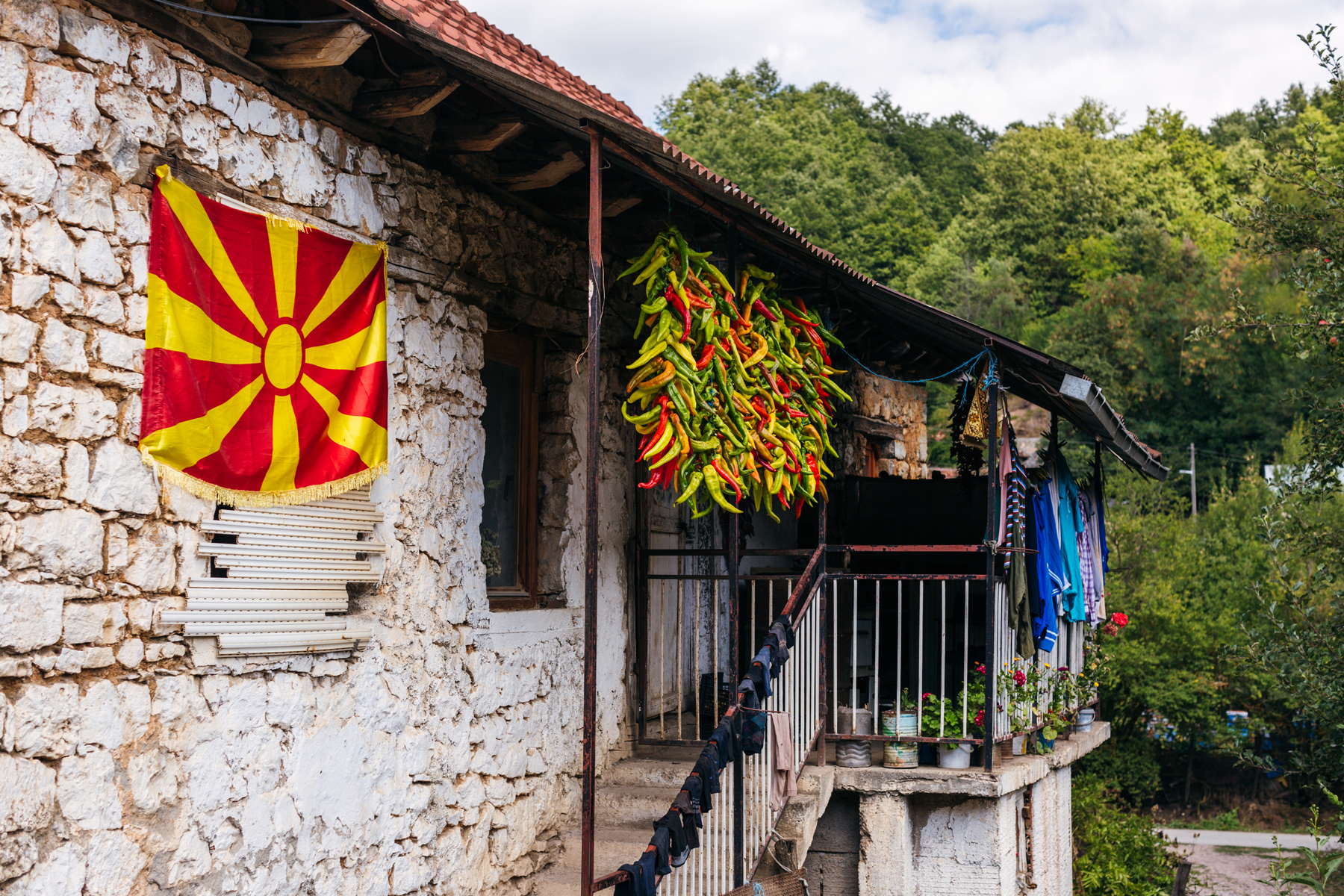
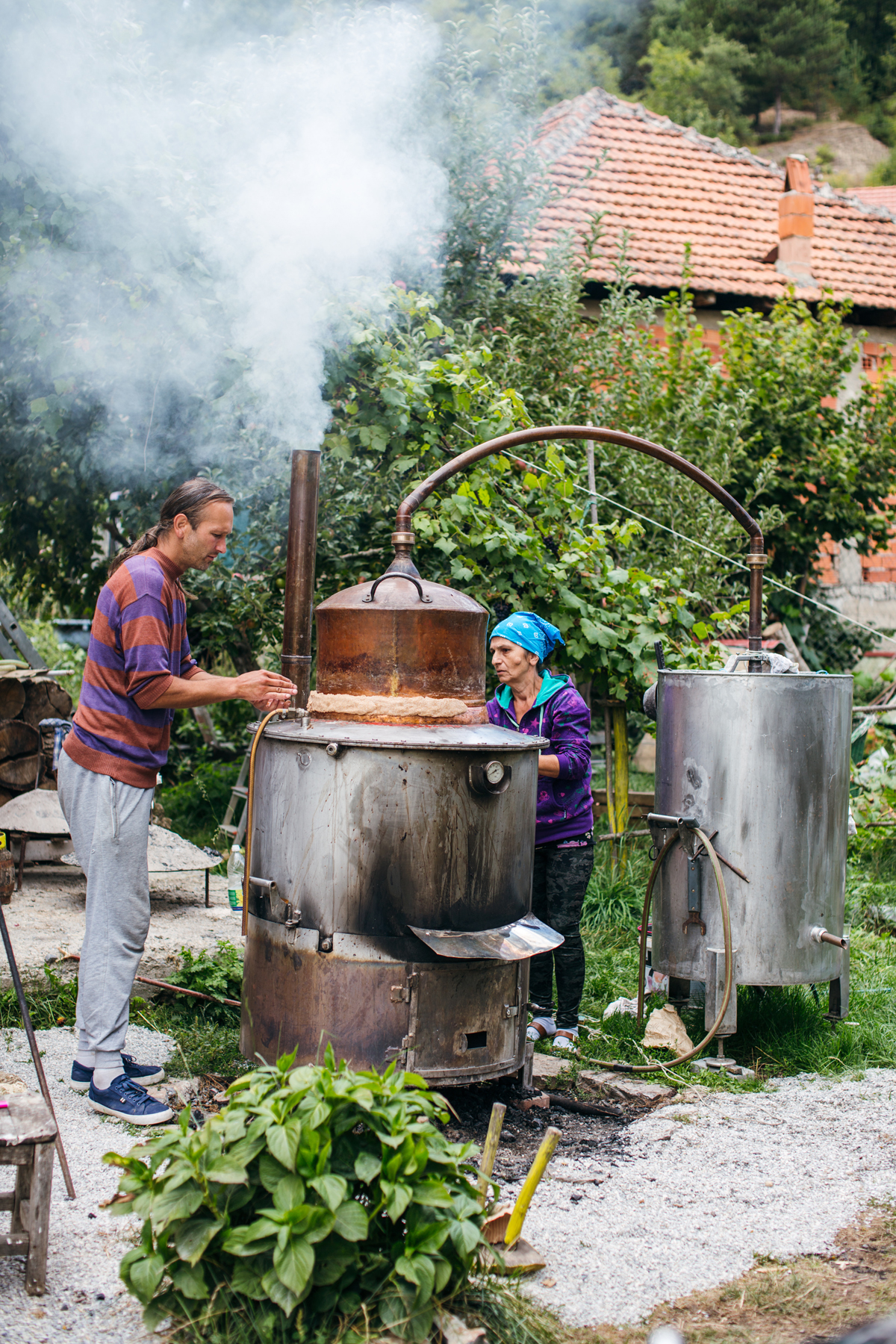
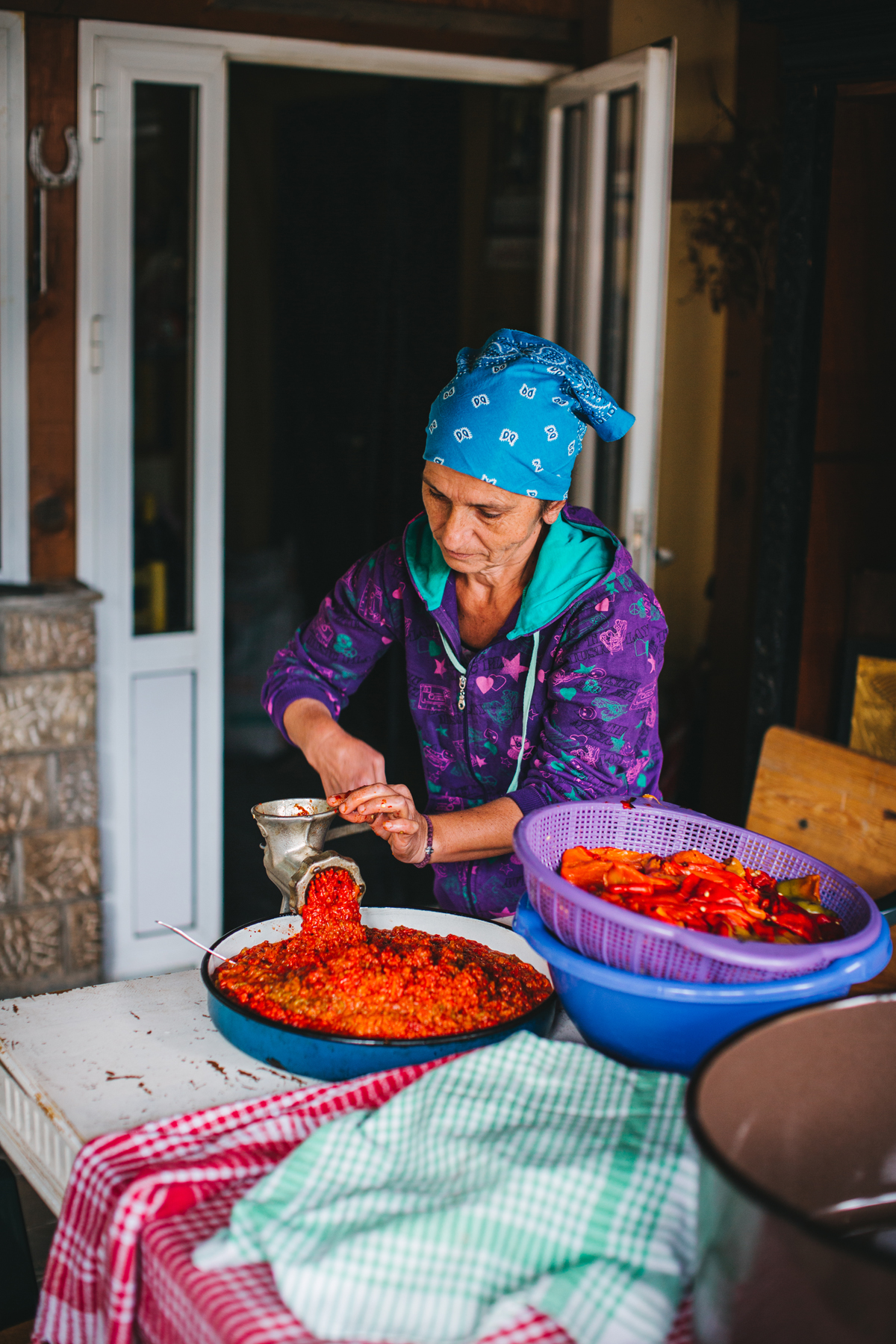


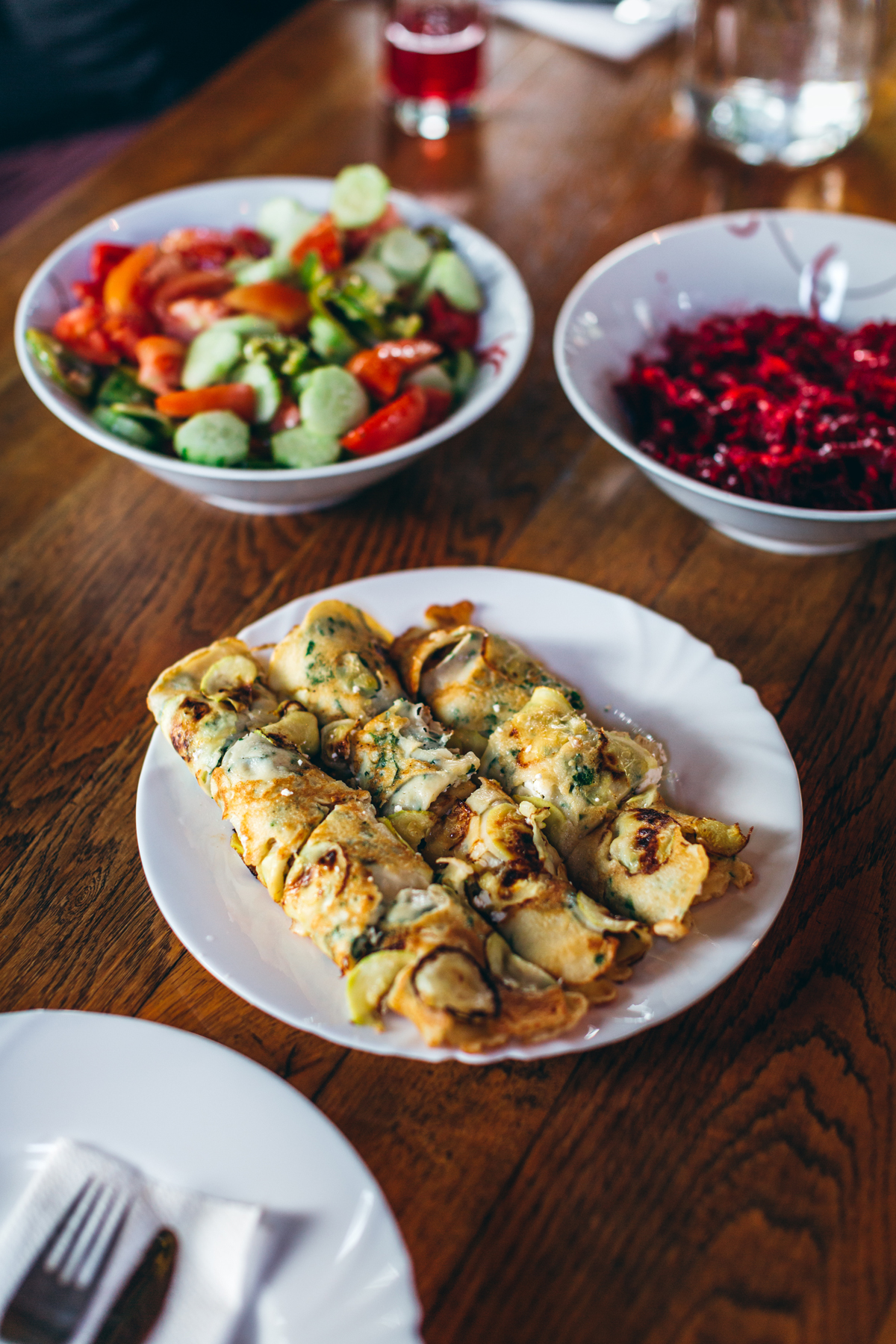
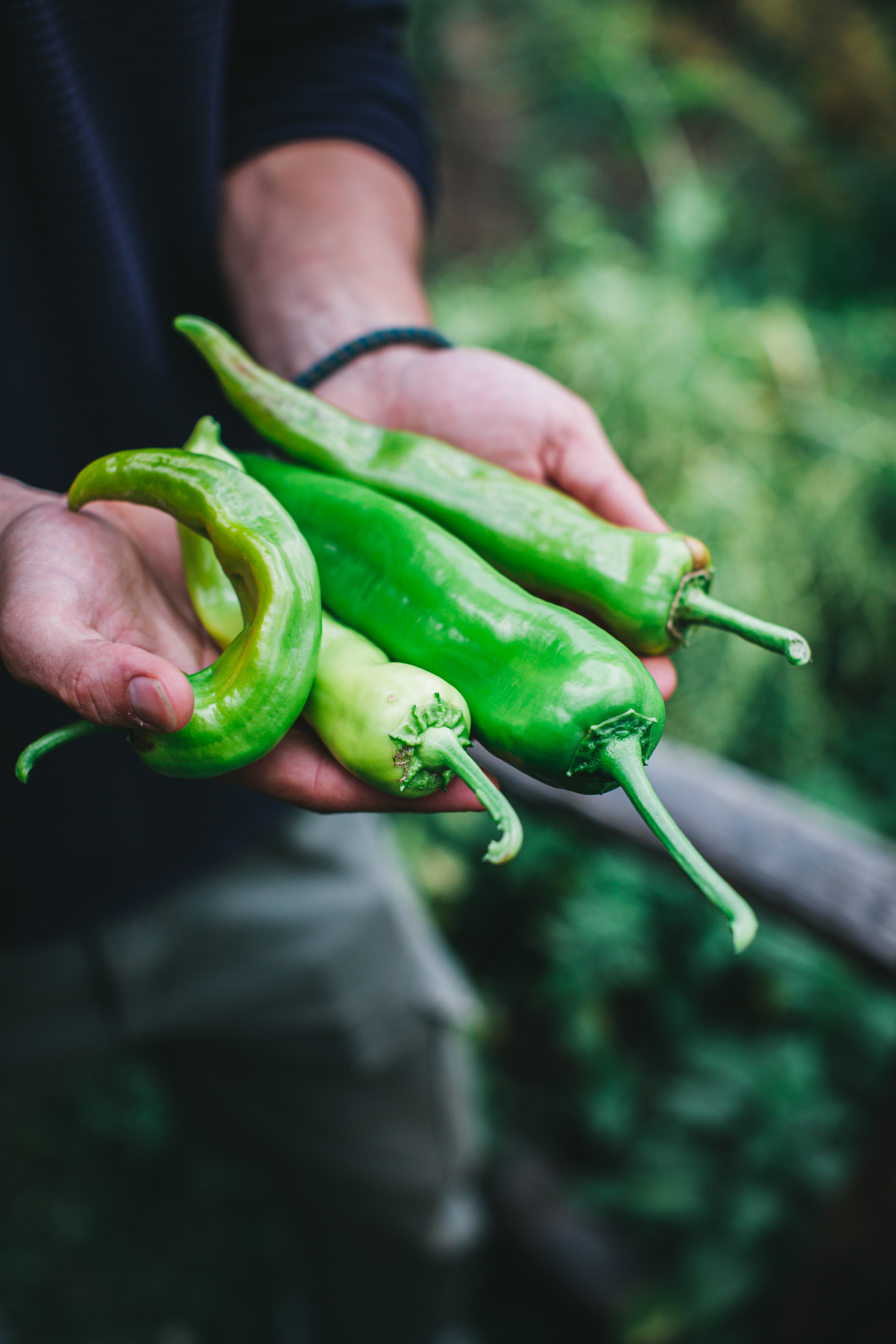



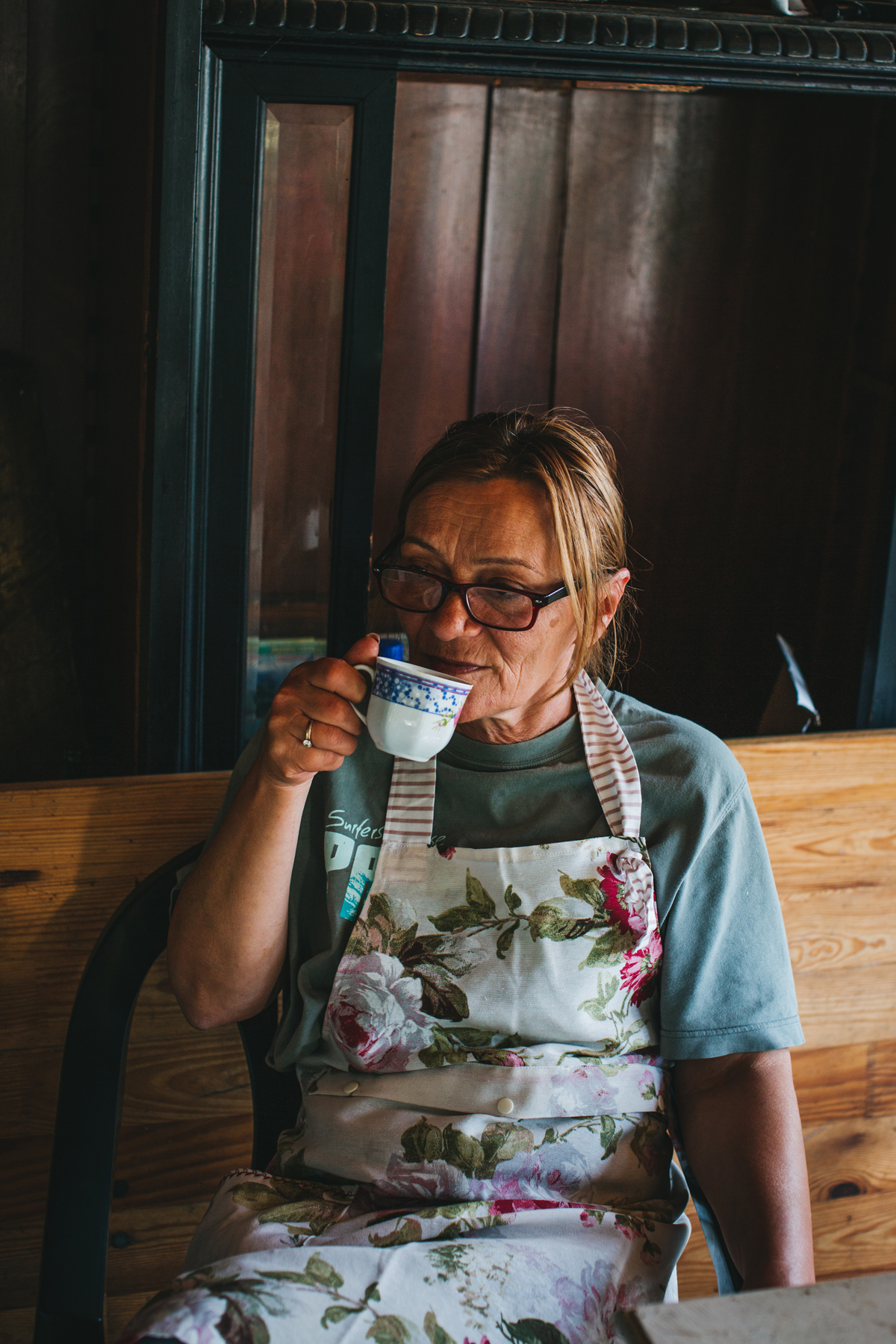

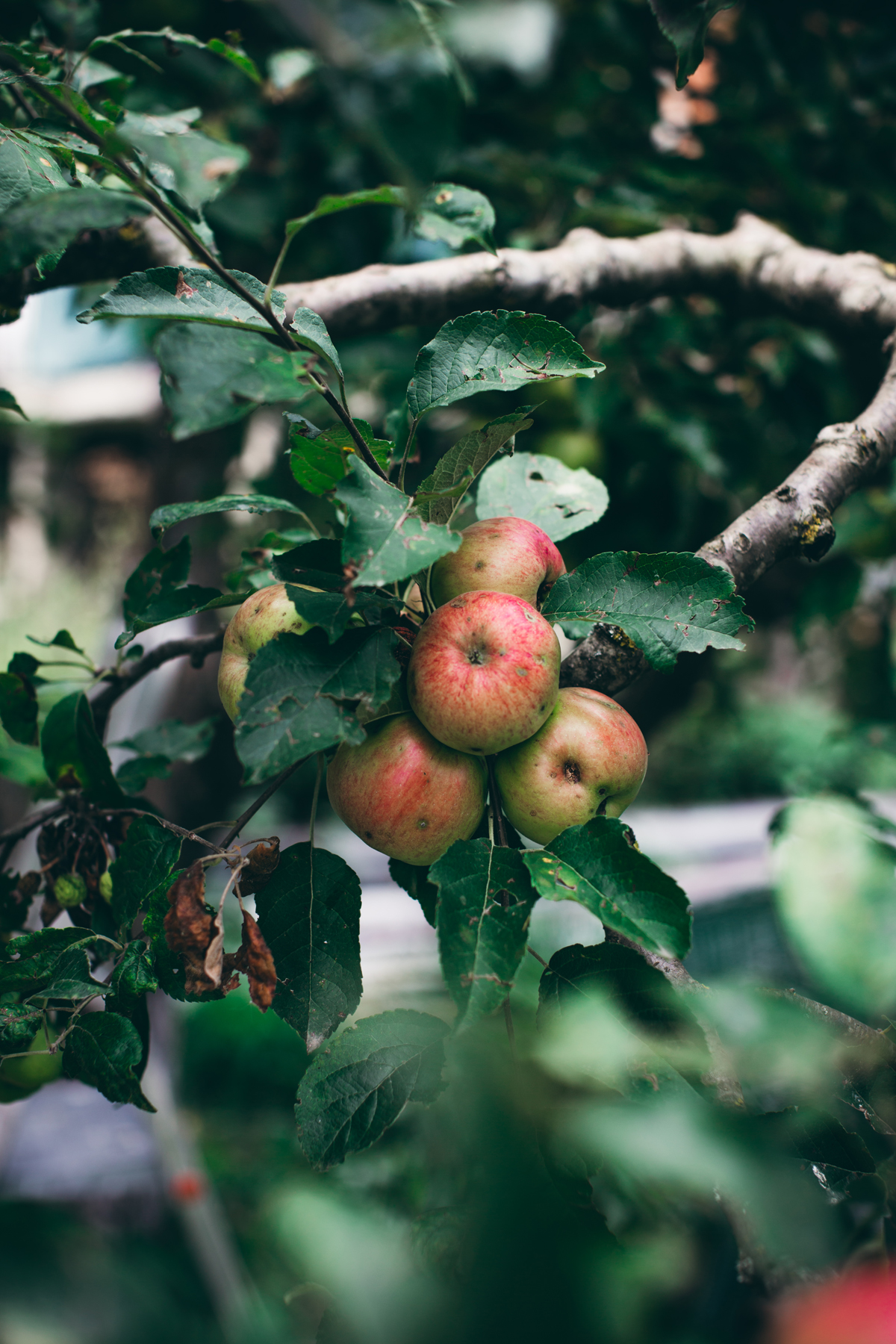



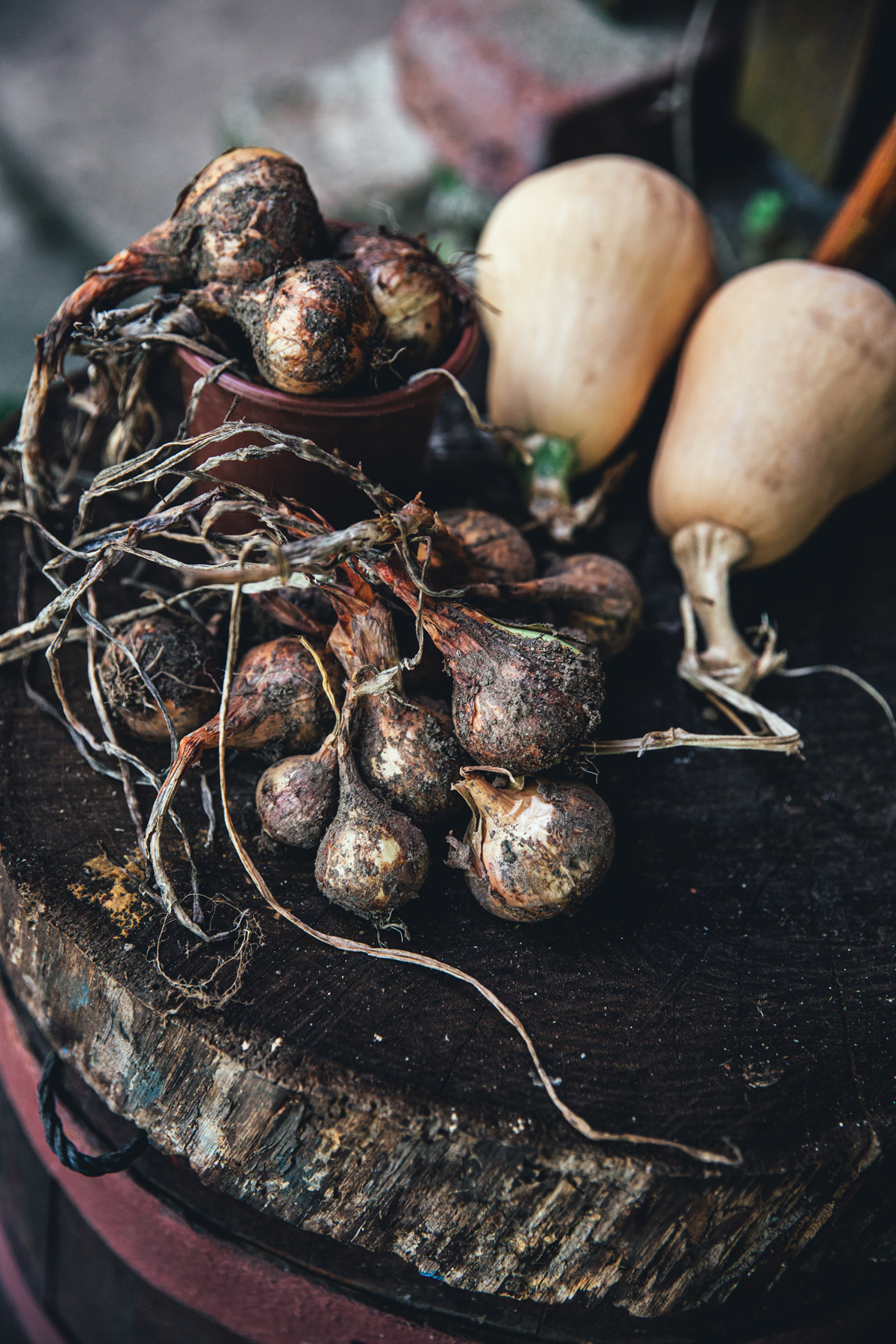
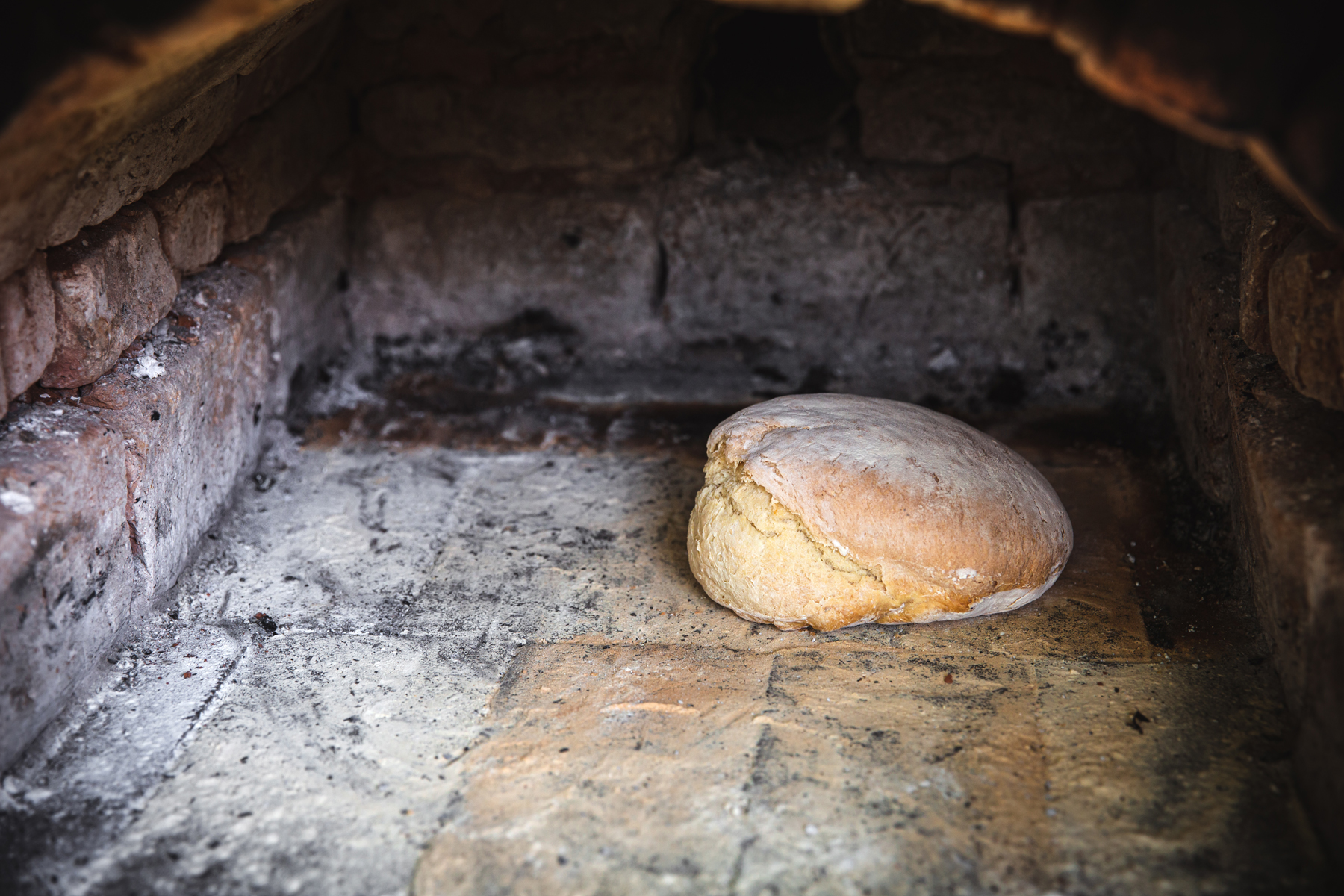



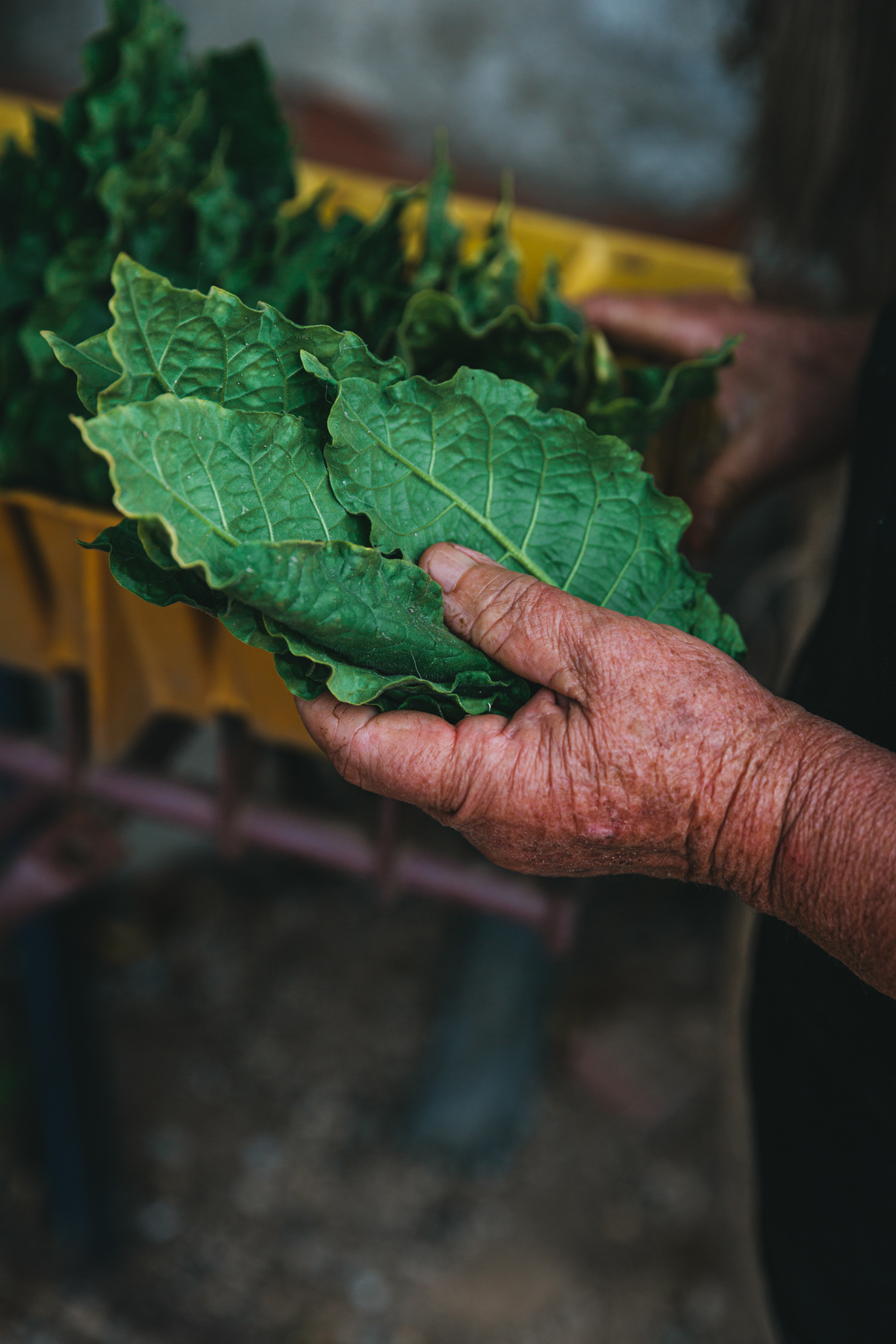


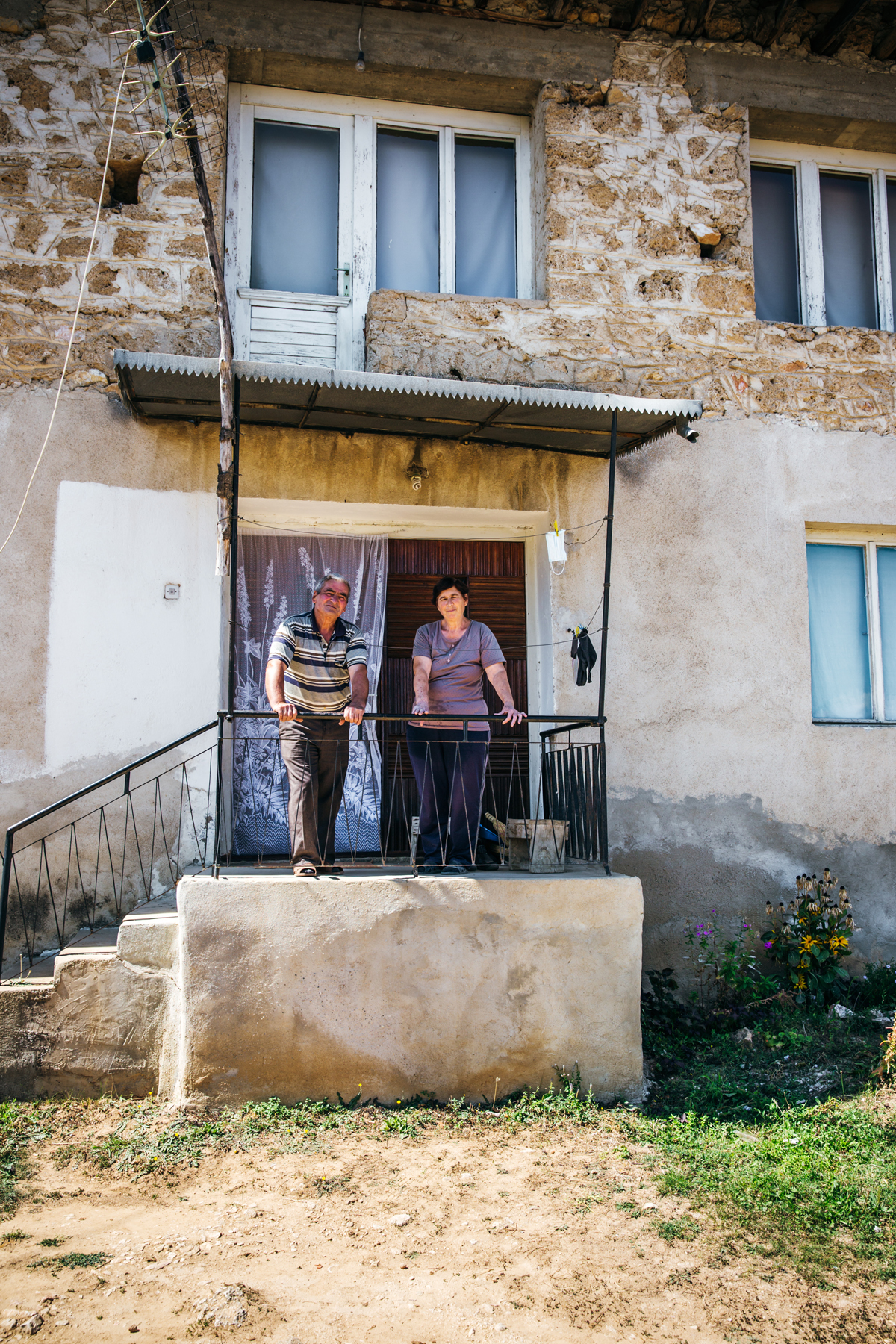
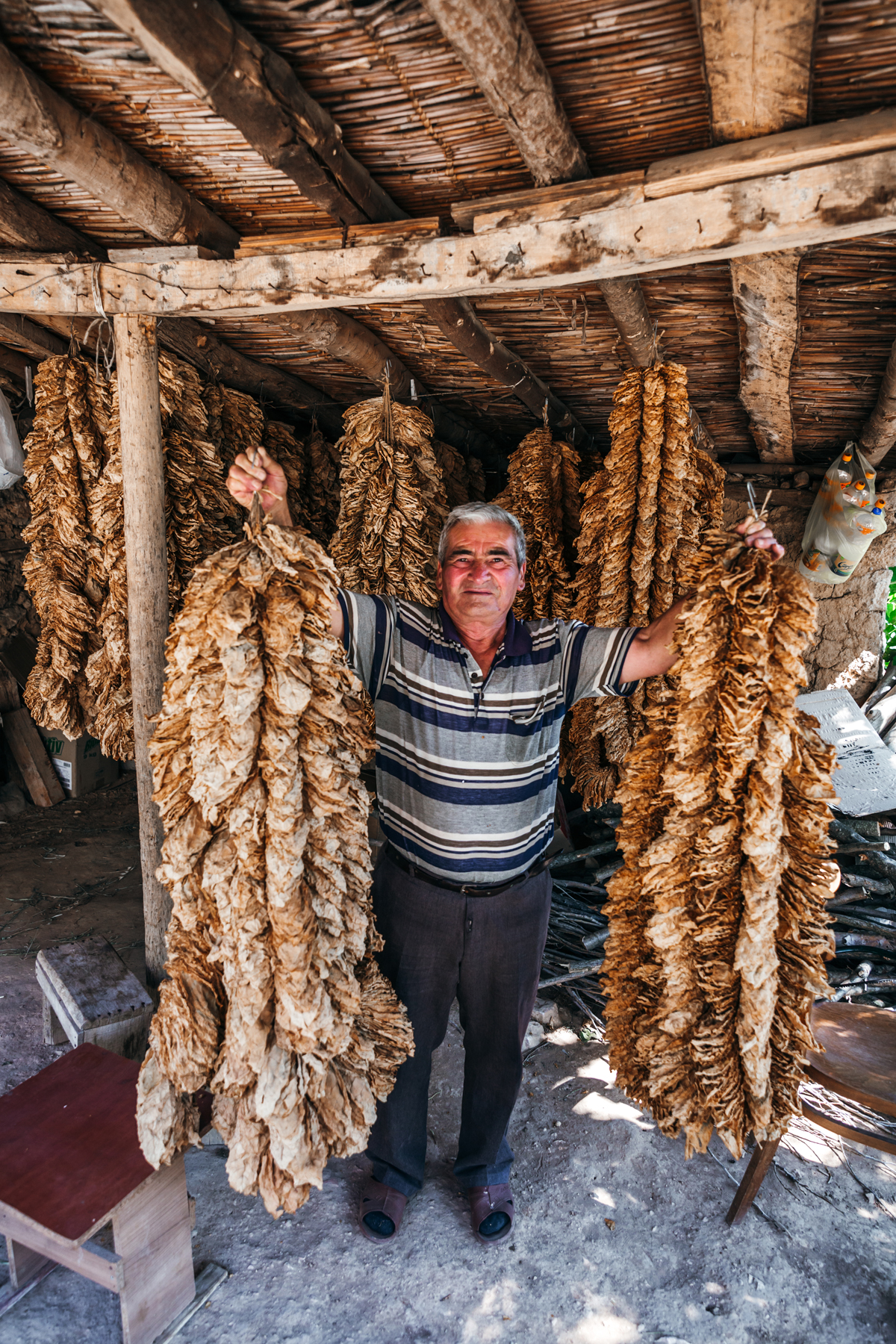

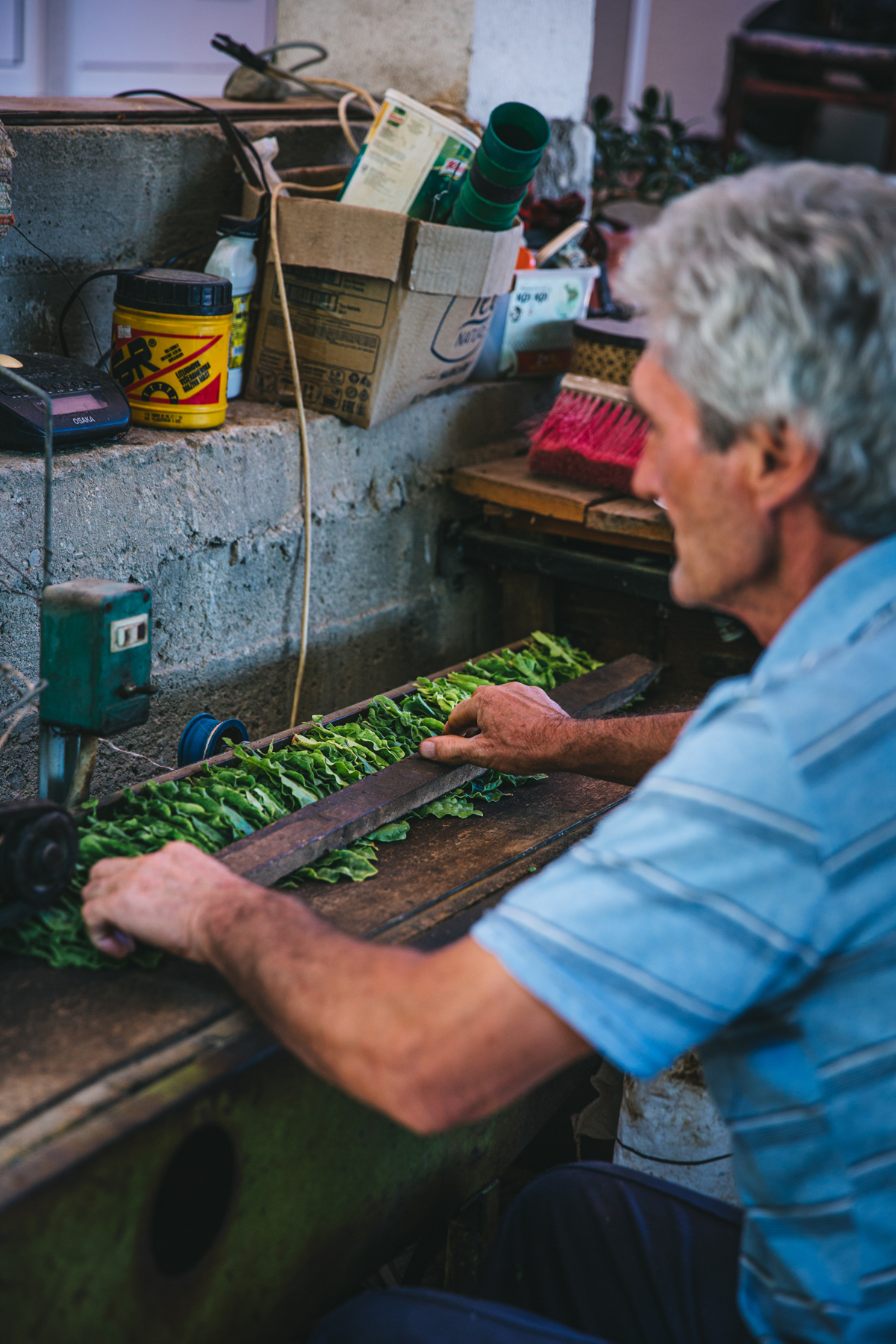

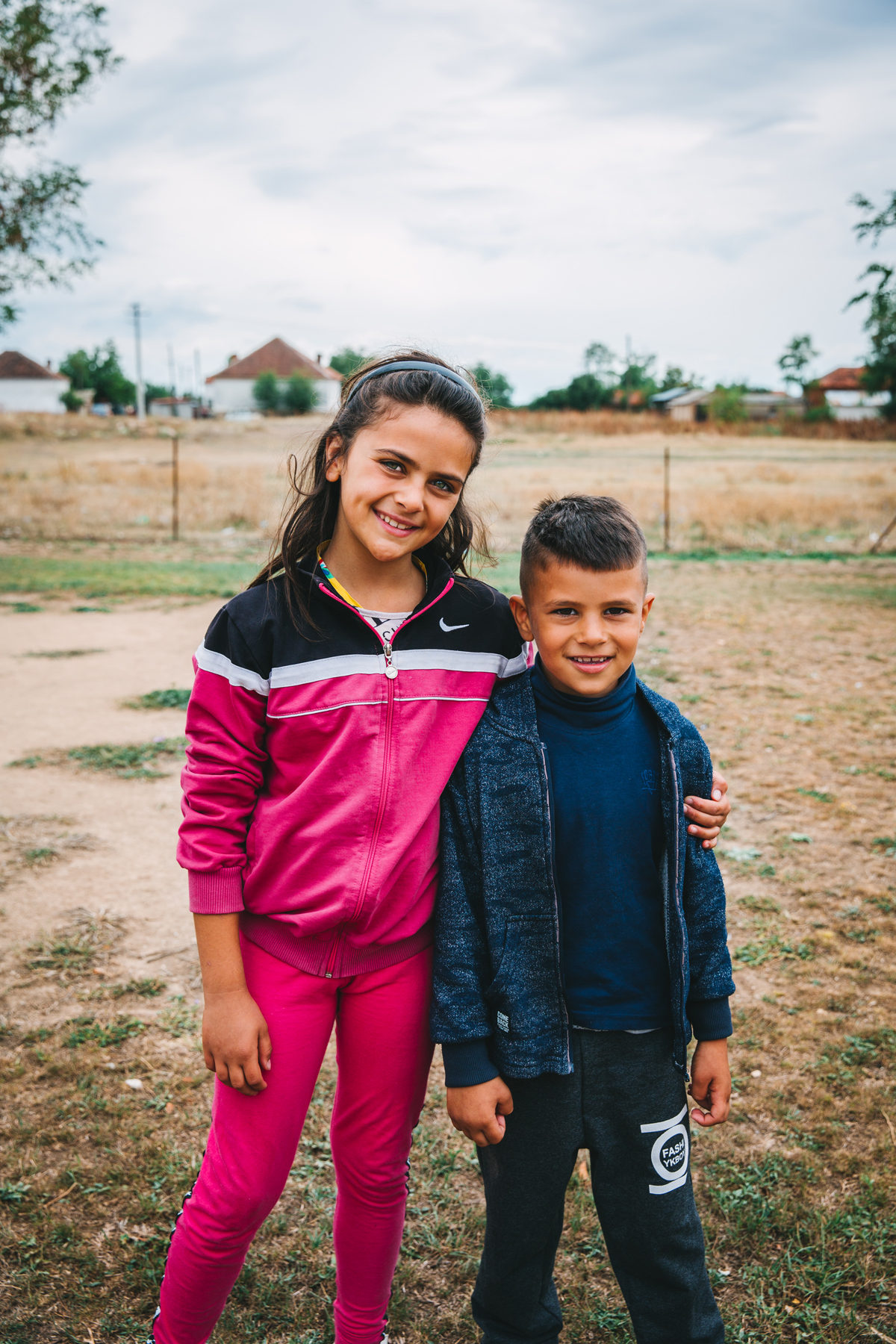

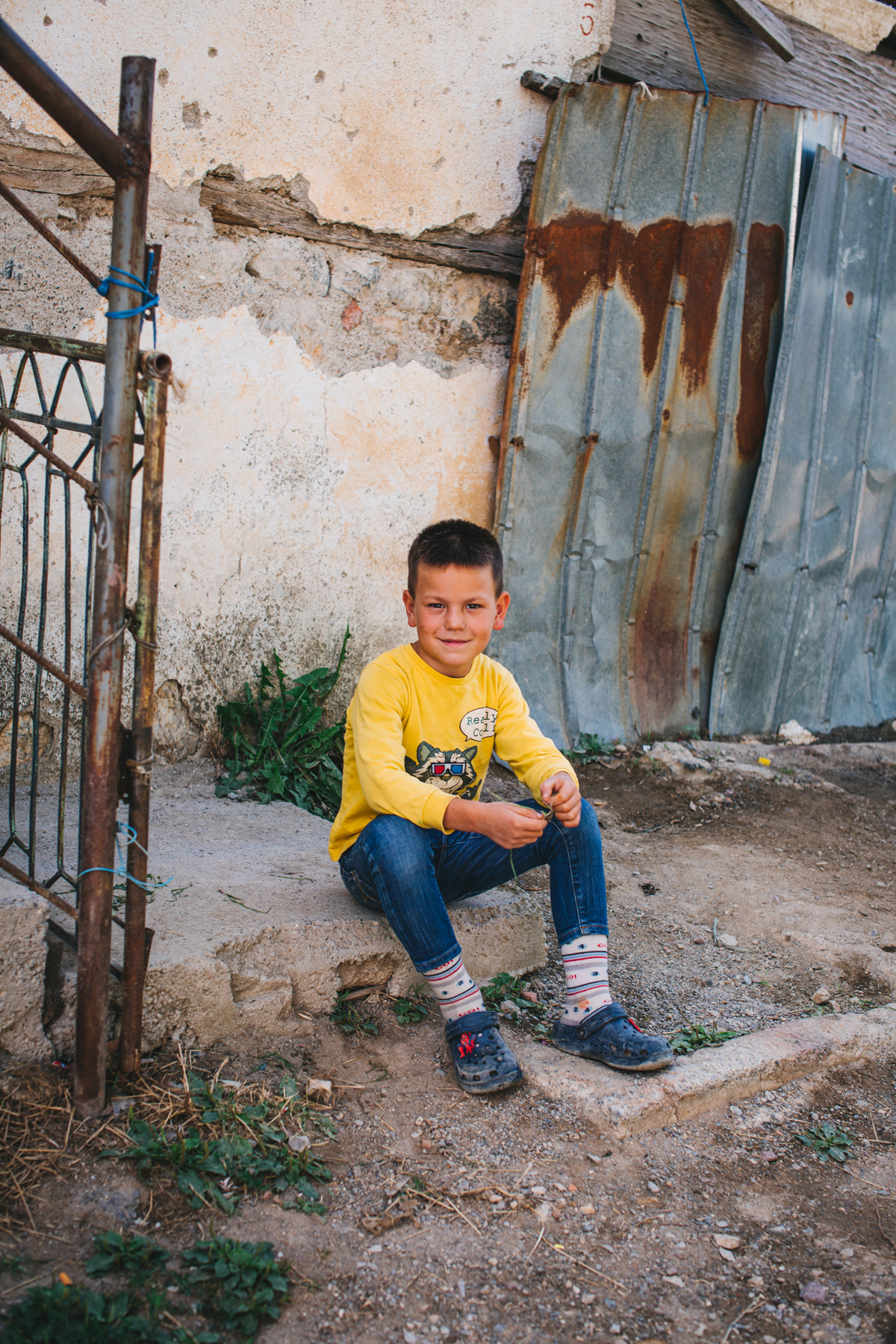


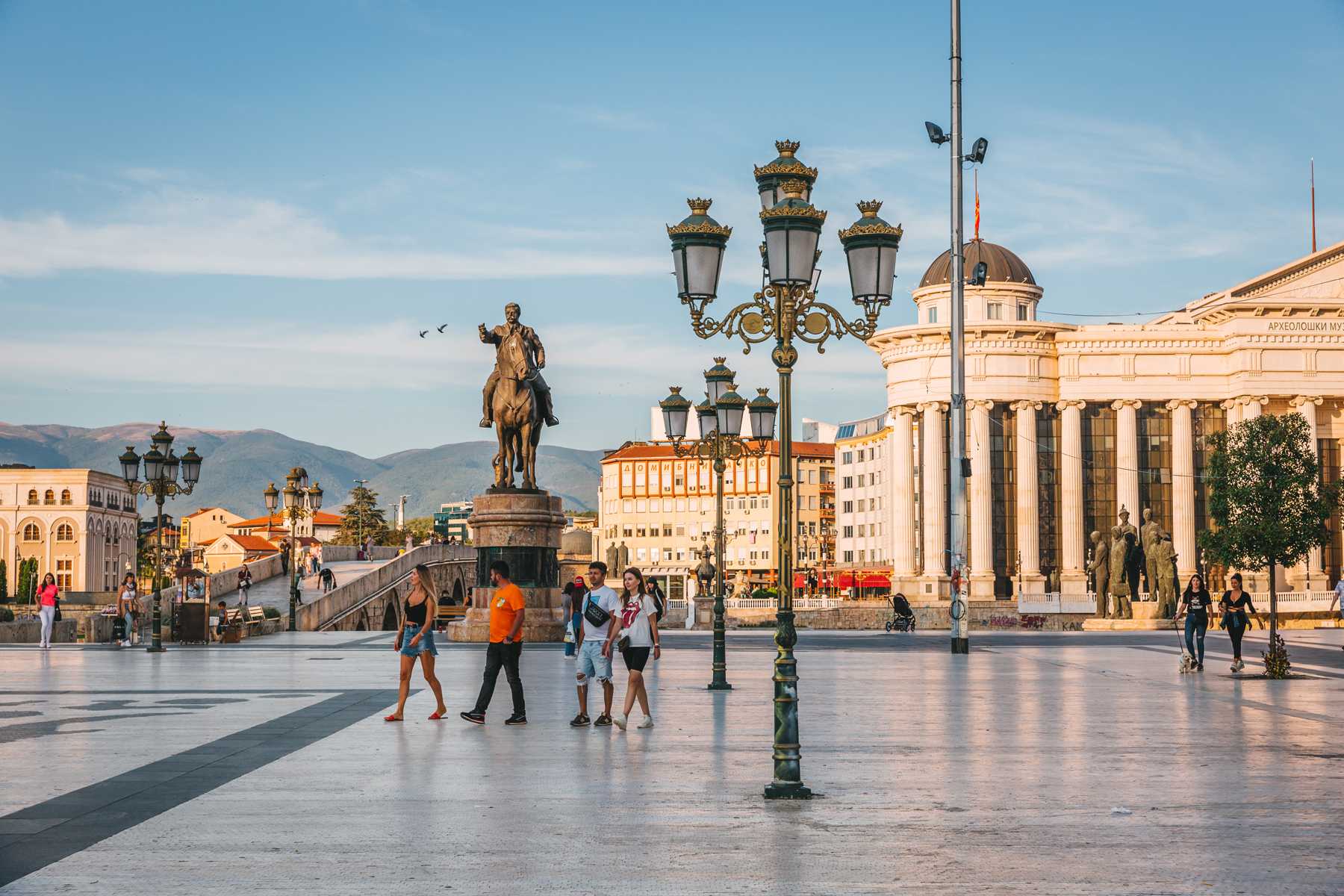


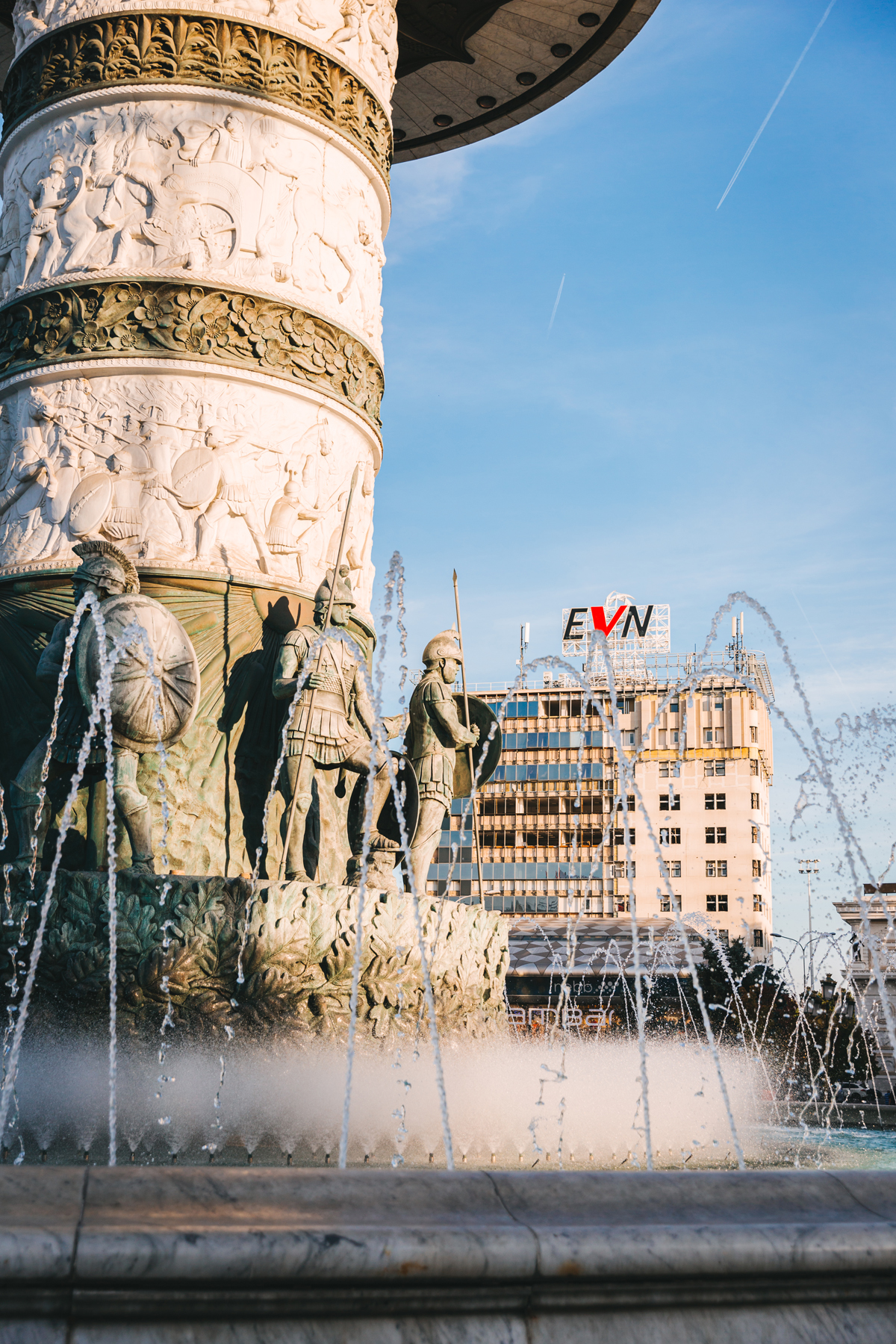



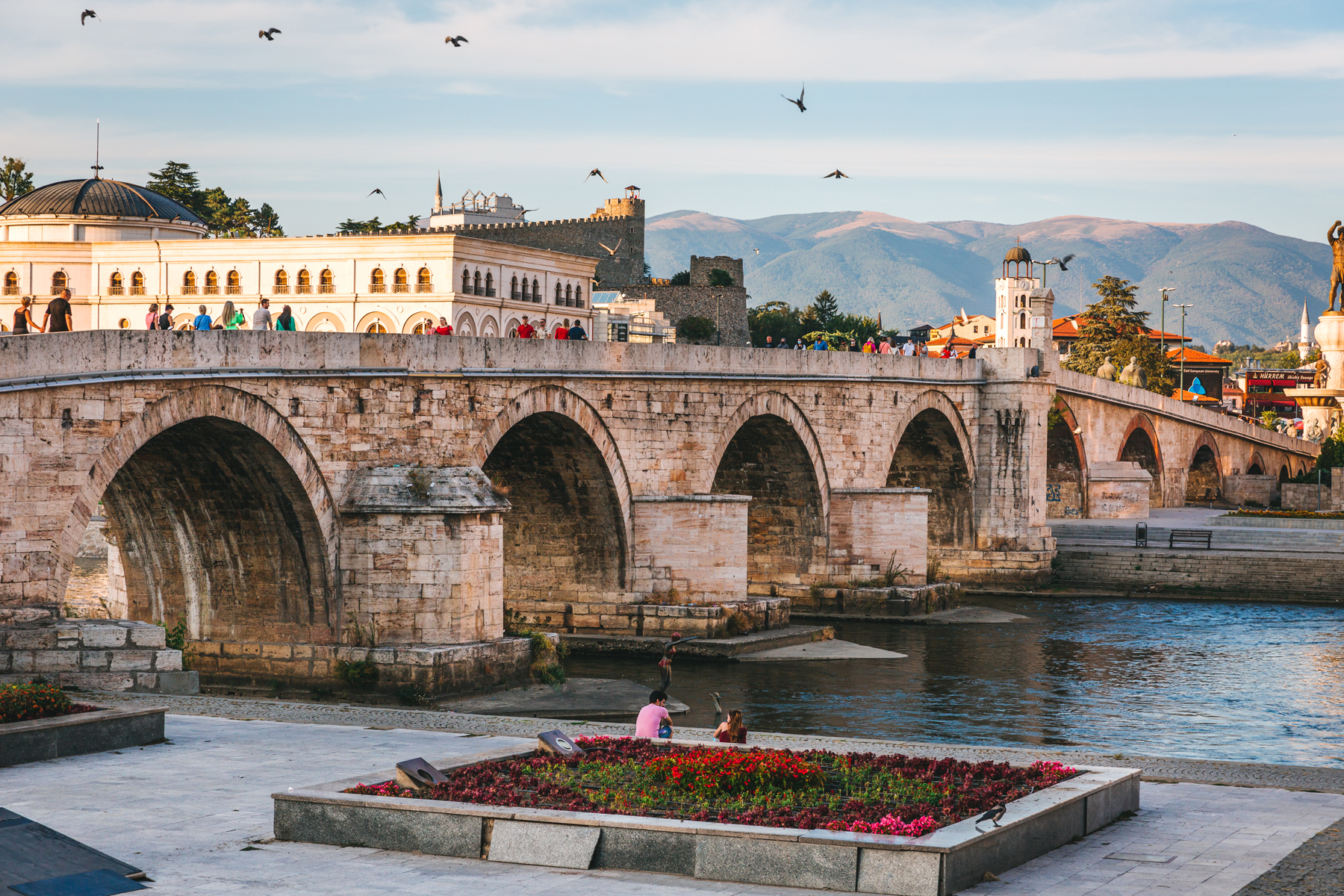




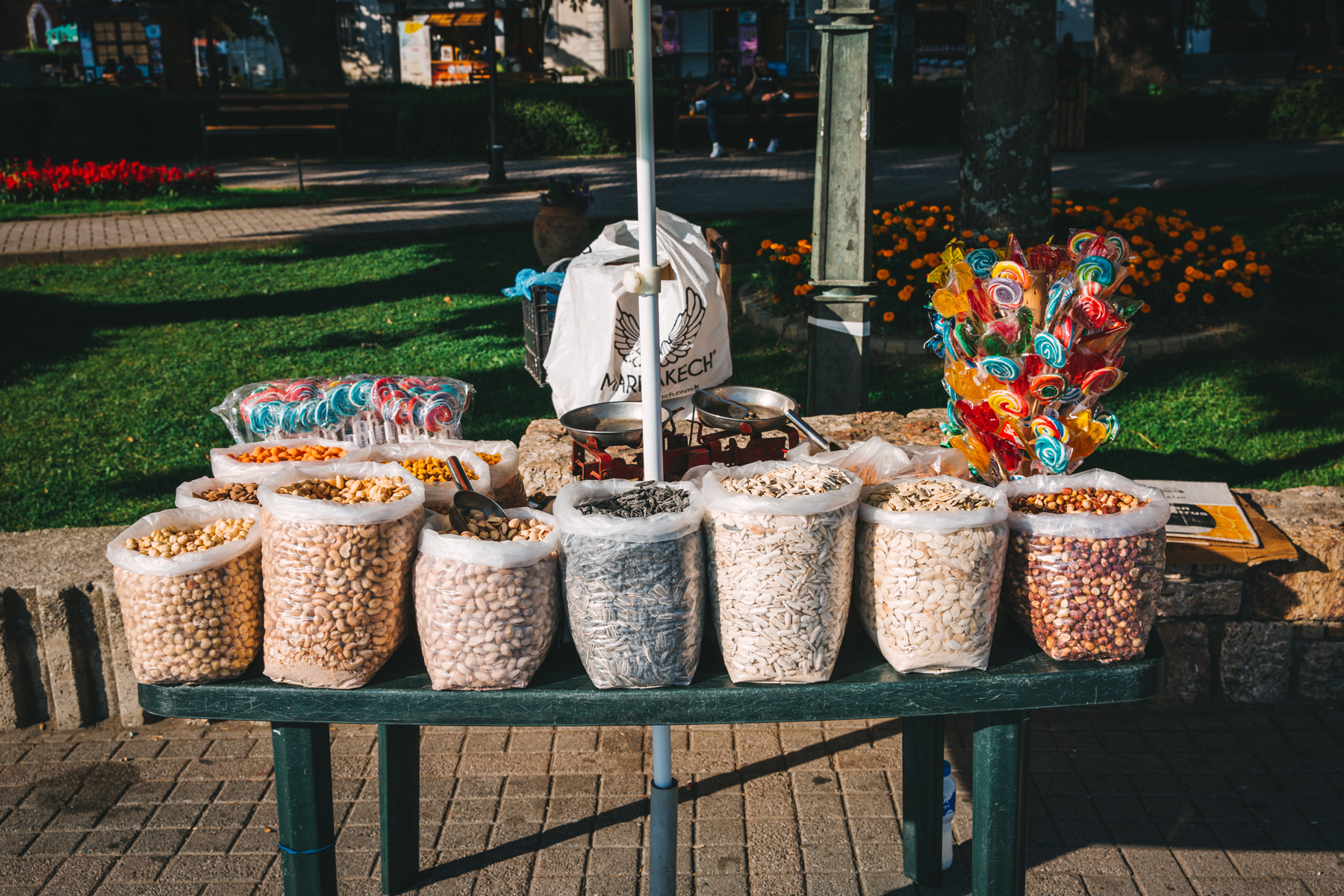

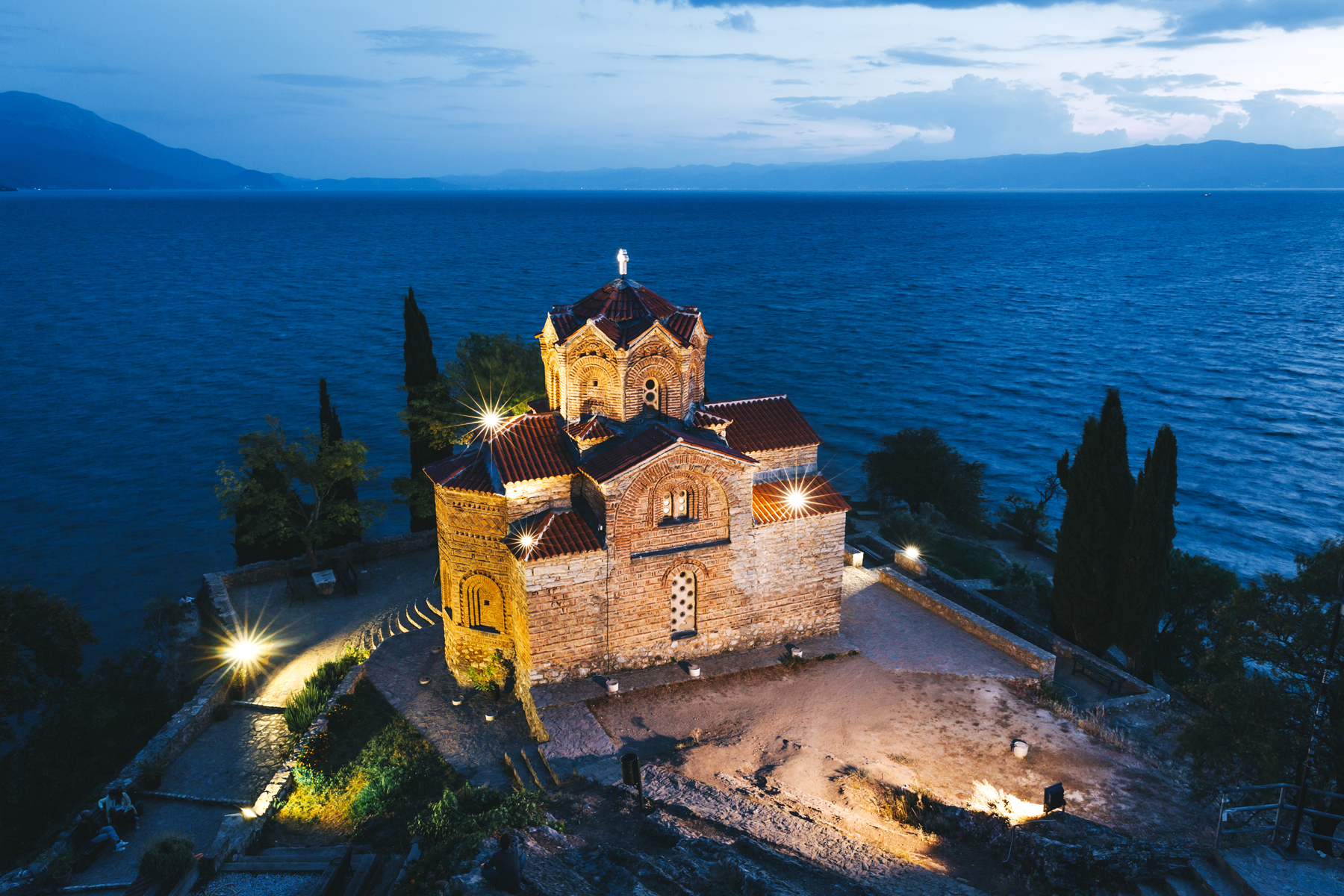


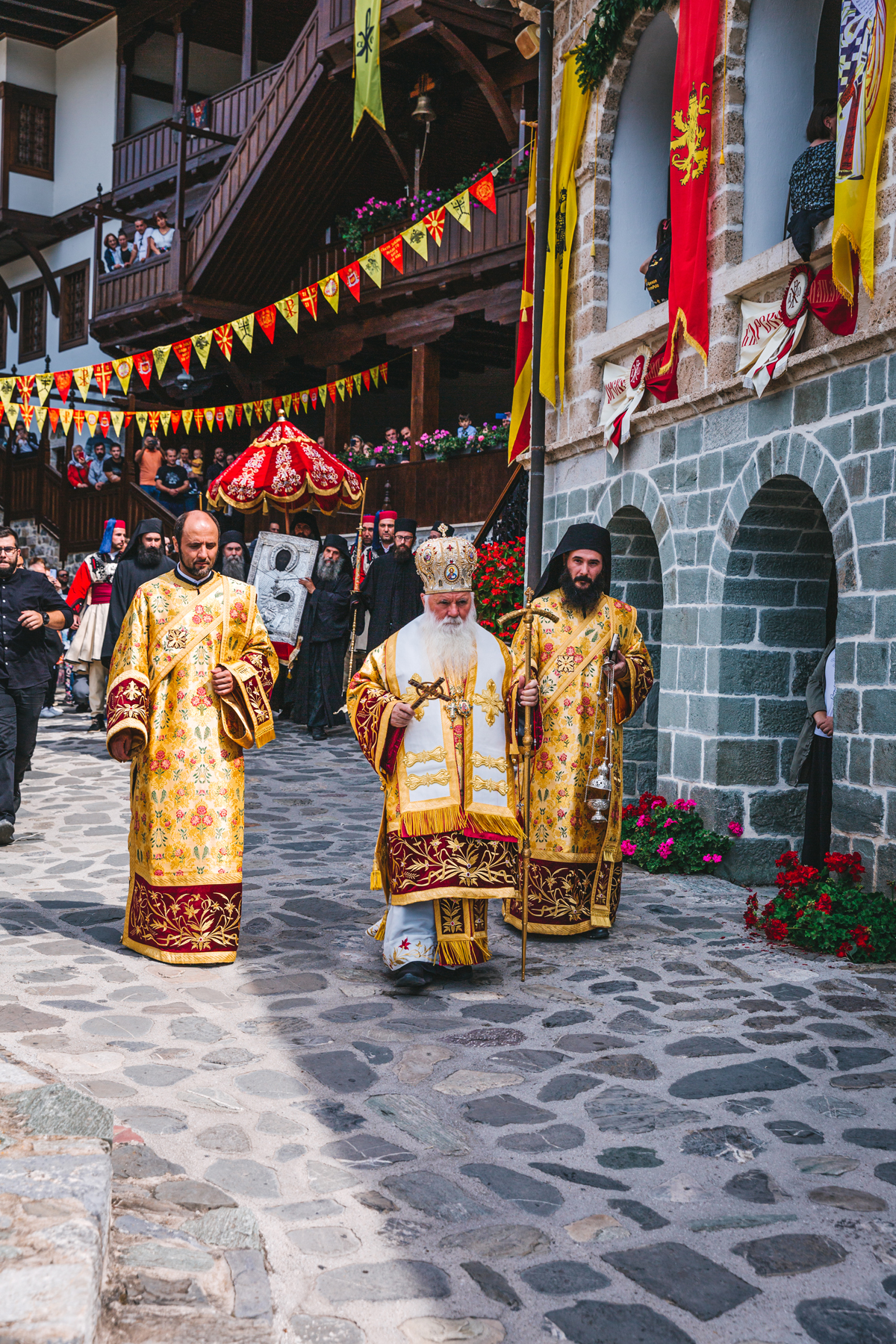




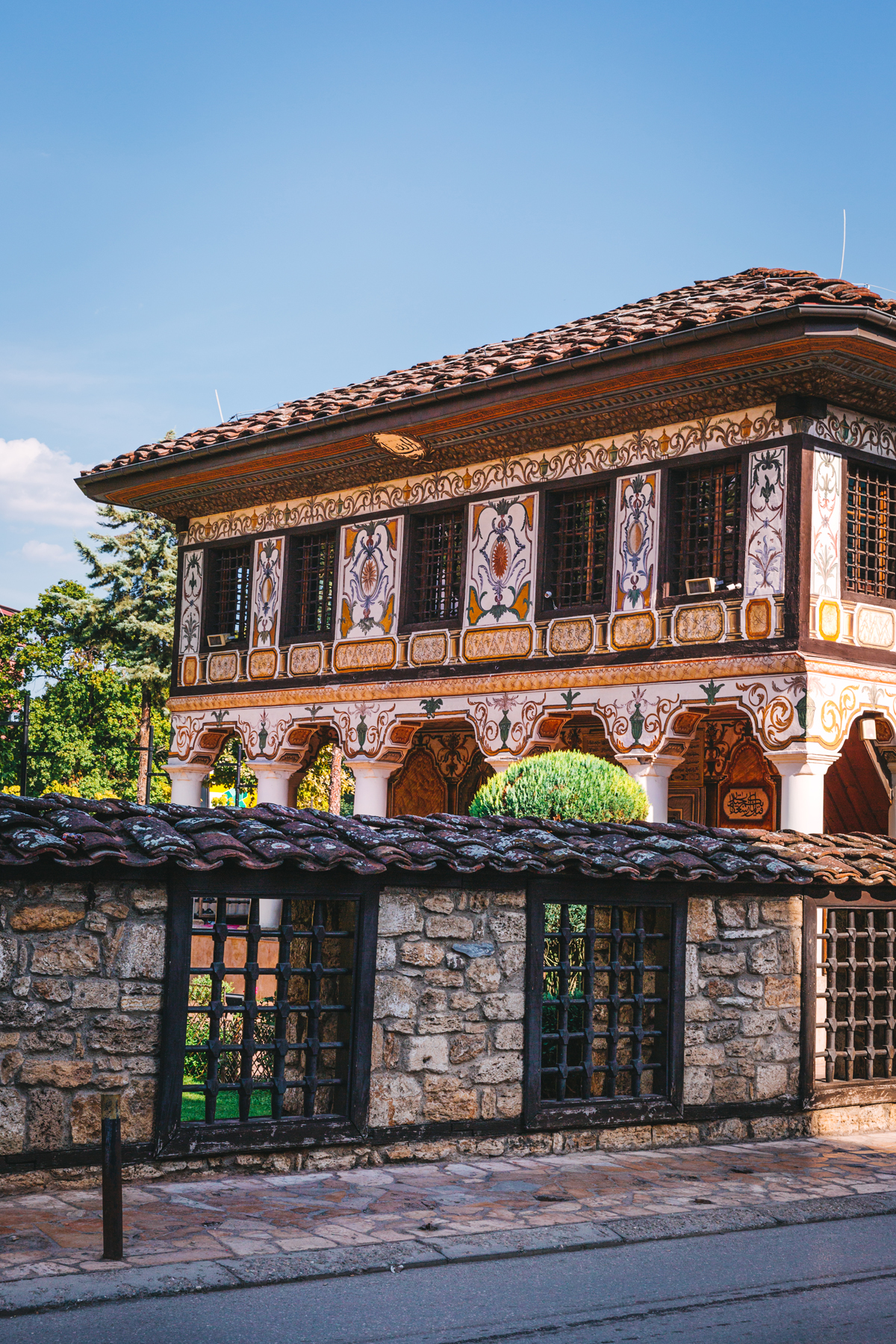




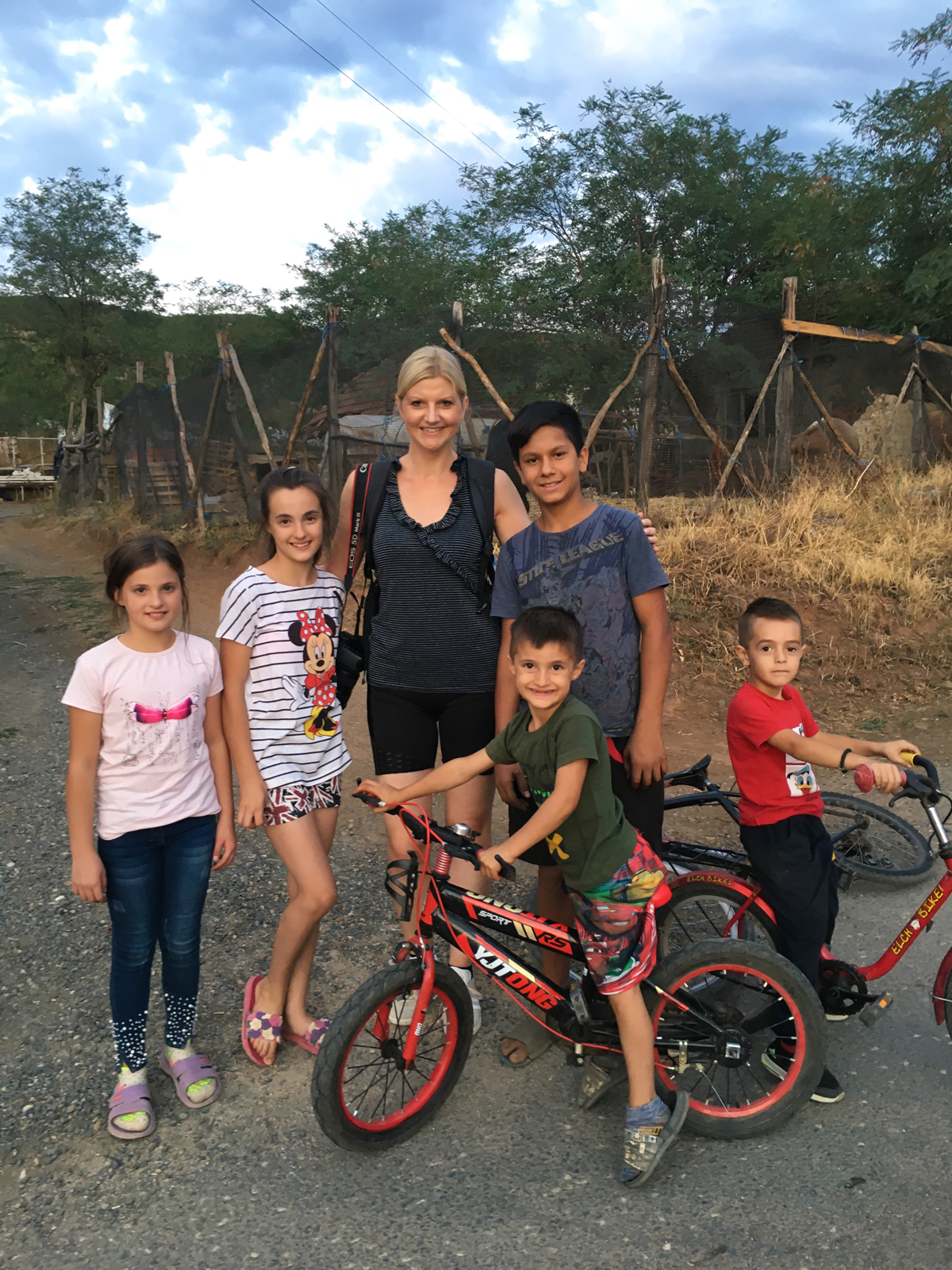



Prekrasno Lili,
čestitam na odličnom uradku…!
puno pozdrava i samo naprijed…!
zvonko
P/S: preporučam – kad bude prilika – da napraviš nešto slično sa baranjom…
Hvala na lijepom komentaru! P.S. Svidja mi se taj prijedlog… 😀